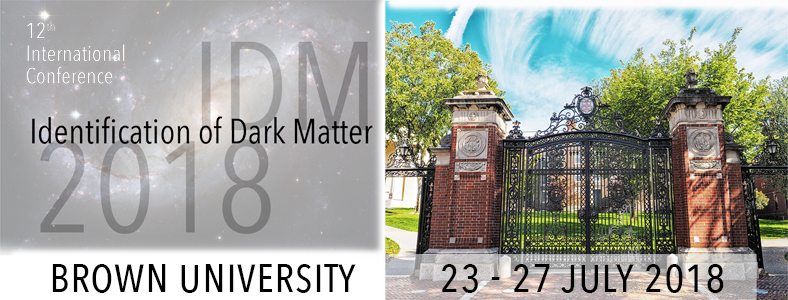Speaker
Description
Dwarf spheroidal galaxies (dSphs) are considered promising targets for indirect Dark Matter (DM) identification. The (mostly frequentist) analyses of gamma-ray photons originating from dSphs have allowed to set stringent limits on the DM self-annihilation cross-section. Conventional search strategies rely on quantifying the abundance of DM by calculating the so-called J-factor. This quantity can be estimated from the kinematic properties of the stellar population of dSphs by means of Bayesian methods, which introduce significant systematic uncertainties due to the inevitable influence of priors. Here we describe a fully frequentist method for deriving J-factors and their uncertainties, which improves upon previous studies by making the statistical treatment of J consistent with most gamma-ray analyses. We investigate the statistical properties of the frequentist approach by validating our method on the simulation suite released by Gaia Challenge. The technique is applied on kinematic samples from 9 dSphs producing profile likelihoods of J, a subset of which is implemented to derive new upper limits on the DM annihilation cross-section. The new limits and the implications of these findings for DM searches are discussed.
